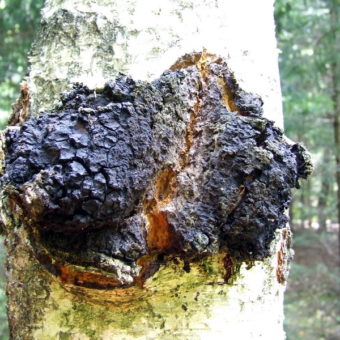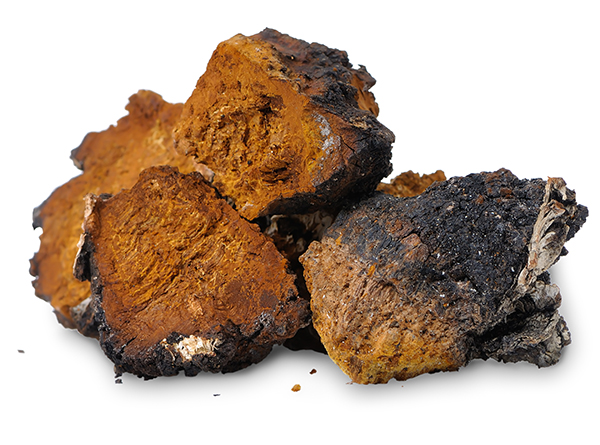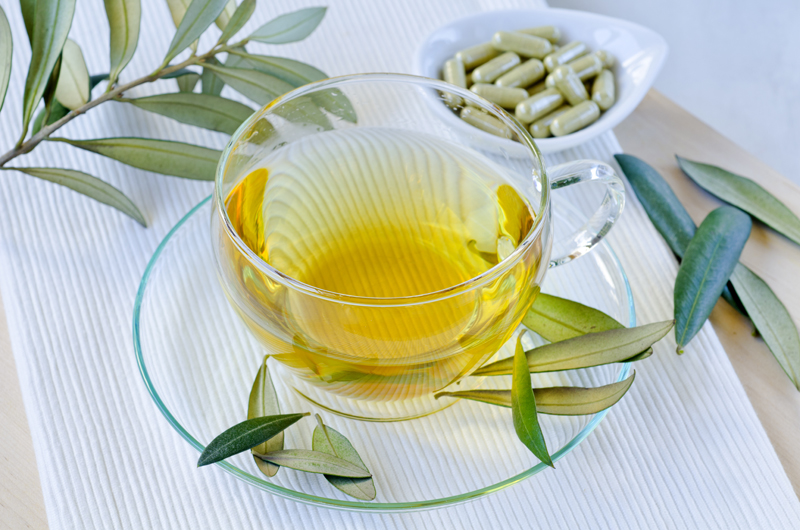Did you know that the chaga mushroom has been used as a health remedy for centuries? Indeed, health practitioners around the world have turned to chaga’s power for generations. It works to support general health and wellbeing. Plus, it helps to relieve some specific health problems. Today, its popularity is ever increasing in Western alternative medicine.1
Here is your easy-to-follow introduction to chaga as a medicinal mushrooms…
Health Benefits of Chaga Mushroom
The chaga mushroom supports your body’s general health and wellness in many ways. Here are a few key benefits of this medicinal mushroom…
- Increasing immunity: Like other fungi, this mushroom delivers a blend of anti-viral and anti-fungal compounds to your body. And these help your body to fight off infection and disease.
- Boosting antioxidants: By boosting this intake, the body can better defend against free radicals that can cause cancer and other problems.
- Improving nutrition: Chaga includes a host of nutrients, vitamins, and minerals. These feed the body’s functions without toxicity or serious side effects.
Chaga is the focus of ongoing scientific research. Researchers continue working to identify and confirm many of this medicinal mushroom’s benefits.
Active Ingredient in Chaga Mushroom
First, chaga is especially rich in antioxidants and melanin. Both of these defend the body from free radicals, which can be cancer-causing.4 5
Then, like other mushrooms, chaga includes polysaccharide – that is, beneficial sugars. Of course, these support a full body immunity. Finally, chaga also contains vitamins and minerals, like potassium, selenium, zinc, Vitamin K, and several Vitamin Bs.
Native Habitat of Chaga Mushroom
Chaga grows very slowly in cold northern climates, specifically on birch trees. It grows in a “conk” form. One will find chaga growing in northern areas of the North America, Russia, Europe, and Korea. However, even in the coldest areas, finding chaga conks in the wild is very rare!
On the tree, chaga looks like a mass of burnt charcoal. It is dark in color because of its high levels of melanin. In fact, it grows as a parasitic fungus. That means that it pulls nutrients from the tree while healing other blights on the tree. It’s not actually the fruit body of the mushroom. Rather, it is a mass of mycelium, like the roots of the mushroom.
 Traditional Uses of Chaga Mushroom
Traditional Uses of Chaga Mushroom
In China, Siberia, Poland, Baltic countries, and other cold climates, chaga has been used for many years. It promotes health, stamina, and overall well-being.
Almost 2000 years ago, Chinese herbalists first recorded use of this mushroom. Then in Sibera, indigenous peoples added chaga powder to their daily meals to boost their endurance and immunity. While in Eastern Europe, people used it to treat respiratory and skin conditions.
Traditionally, one consumes chaga as a tea. One grinds the chaga into a powder. Then combine it with hot water to create a tea-like tonic.
Despite its long history, chaga has only recently gained attention in the West.
Today, chaga offers a variety of health benefits as a medicinal mushroom.
Are you interested in learning more about these fantastic fungi? Of course! Get the scoop about medicinal mushrooms and their ability to boost energy and immunity. Then, dive into the details of other mushrooms like reishi, cordyceps, shiitake, turkey tail, maitake, and lion’s mane.










